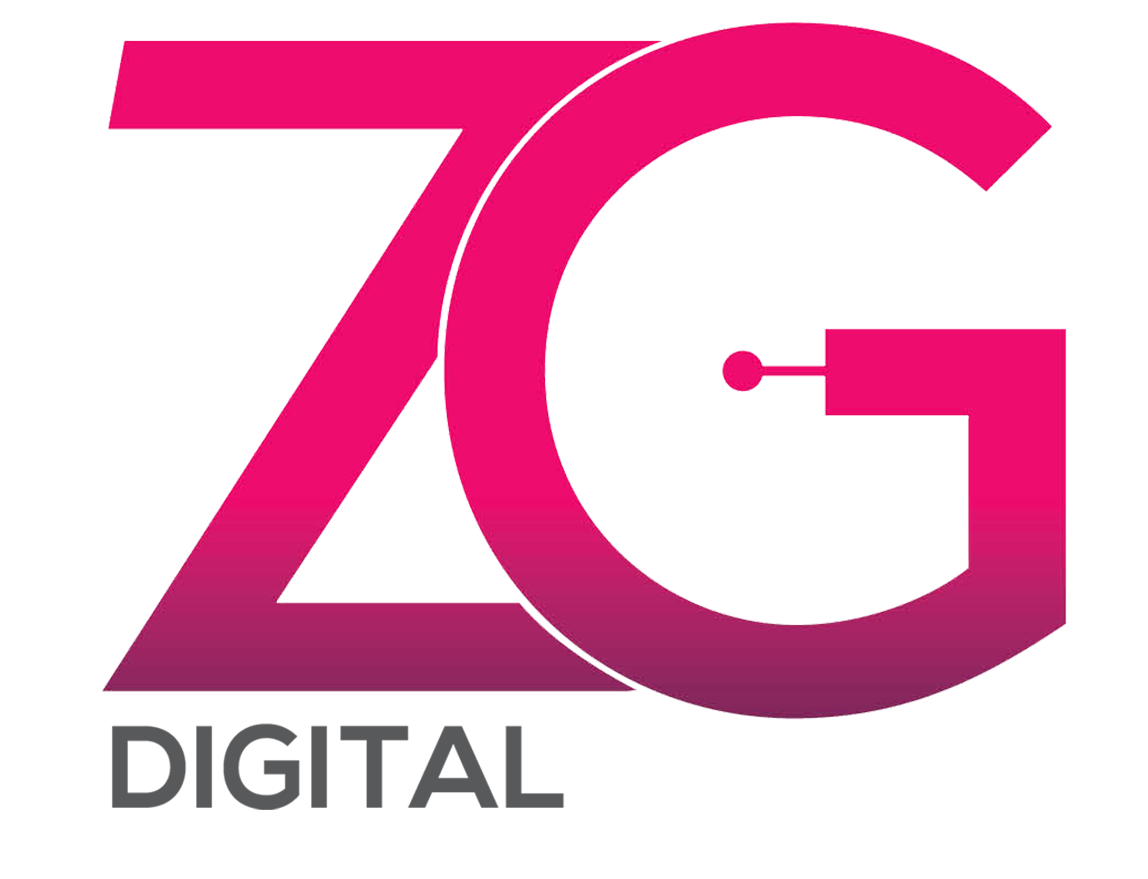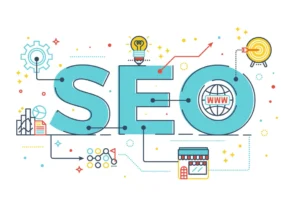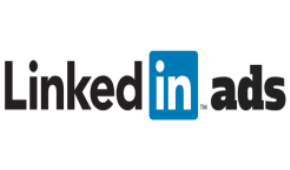You didn’t really believe we would let you use your hard-earned cash to purchase advertisements without providing you with some best practices to follow, did you? Obviously not. We want your upcoming PPC campaign to be a success.
PPC may generate great leads for you when used properly. A flawless user experience may result in a significant return on your PPC investment, which you’ll discover how to execute later in this article.
The most prevalent place to find pay-per-click advertising is on the sites of search engines like Google or Bing, but it may also be found on social media (although CPM is more common). If you’re wondering where pay-per-click advertisements may be found, they can be found in the results that appear before and to the right of organic search results.
Let’s now discuss some PPC strategies that will enable you to get the most out of your time and money.
PPC AD Copy:
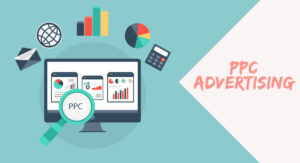
The relevant individuals will see your ad if you bid on specific keywords; if your ad wording is persuasive enough, they will click on it. Like your keywords, your ad must look for the searcher’s goal. You must provide the specific information they are seeking and ensure that it is obvious from the language you choose.
There are tight character restrictions for the headline, the URL, and the brief description, the three components that make up a search ad. To make the most of this area, make sure your advertisement copy does the following:
- Speak to your target persona directly.
- Include the core term for which you are placing the bid.
- Give the searcher a clear CTA so they know what to do next.
- Make the deal enticing.
- Use wording consistent with the material on your landing page.
- Use your copy in A/B split testing.
Best Practices for Landing Pages:
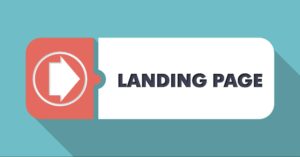
The page that leads are sent to after clicking on your ad is perhaps the second-most crucial component of PPC (after your ad text). This page must be highly targeted, pertinent to your advertisement, fulfil the promise made, and provide a smooth user experience.
Why? In light of the fact that the goal of your landing page is to turn a new visitor into a lead or customer. A high-converting landing page will also raise your Quality Score, which will result in higher ad placements. Nothing except a badly designed landing page will reduce PPC income.
What components should a PPC landing page have to boost conversions? Glad you inquired.
- A compelling title that matches your search ad
- Tidy layout and design
- Responsive layout with CTA button
- Very detailed and pertinent copy for your target keywords
- the offer that was promised in your ad is shown
- A/B testing
A/B Testing Your PPC Ad:
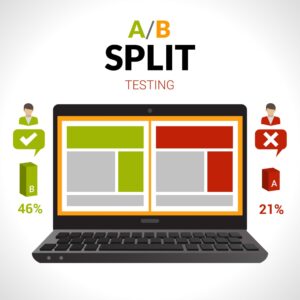
As a marketer, you virtually never launch something without testing it first on a small group of people. PPC campaigns follow the same rules. A/B testing for your paid advertising strategy is just as crucial as the other elements. The two goals of testing your advertisement are to raise your click through rate and conversion rate.
The good news is that testing just has to be done for the advertising’s target keywords, landing page, and title and description. Because even little adjustments to any one of these factors can have a significant influence on your results, you should make changes one at a time so you can pinpoint where benefits originate.
Maximize ROI:

In order to establish how much is worth spending on a new lead and how much of that spend may come from paid advertising, it is important to take customer lifetime value and customer acquisition expenses into account while maximizing ROI on your advertising efforts.
How to Reduce Inputs:
Prior to beginning, set a budget for advertising.
Make your adverts more pertinent. Your CPC will decrease the more relevant it is.
Gain a higher Quality Score. Search engines will charge you less for clicks as your QS rises.
How to Raise More Money:
To improve conversion rates, adhere to recommended practices for landing pages.
Target quality leads by being precise in your advertisement. The higher the quality of your leads, the more probable it is that they will convert and ultimately buy from you.
Conclusion :
According to our experts at Zero Gravity Digital there are the crucial six steps to developing a successful PPC plan. It’s crucial to determine your PPC objectives even before you begin writing your ad content. Once your objectives are clear, it will be easier for you to select the best platform and ad kind.
The next step is to do in-depth keyword research and keep an eye on your rivals. This will assist you in planning and optimizing your ad content. You also need to develop a compelling landing page that is pertinent to your advertisement. Every 15 days or every week, review the data that was created. This will enable you to take the required action and keep a step ahead of your rivals.All of your efforts will begin to build upon one another over time, allowing you to continuously advance and profit from your accomplishments.
